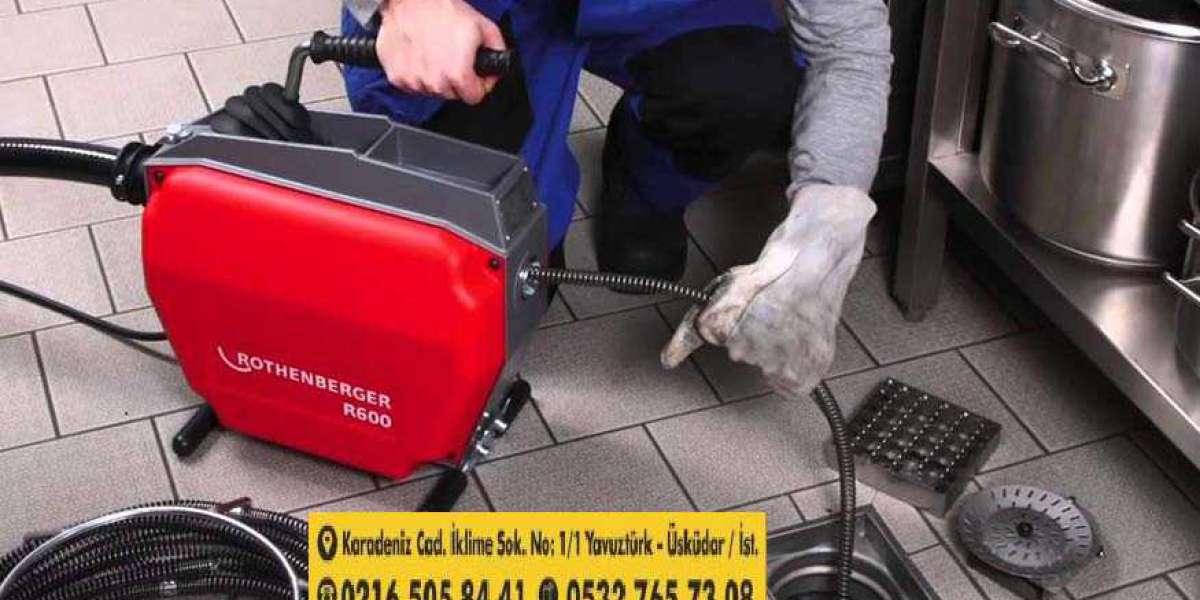As a new mom, the journey of breastfeeding is a beautiful and fulfilling experience. However, it also comes with its challenges, one of which is the need for nursing bra pads to absorb milk leakage. While disposable nursing pads have been the go-to choice for many moms, washable nursing bra pads are gaining popularity as the eco-friendly solution for milk absorption.

The Environmental Impact of Disposable Nursing Pads
Disposable nursing pads are convenient, but they contribute to environmental pollution. The production of disposable pads involves the use of non-biodegradable materials, which end up in landfills, adding to the global waste problem. Additionally, the packaging of disposable pads further adds to the environmental footprint. This is where the eco-friendly alternative of washable nursing bra pads comes into play.
Benefits of Washable Nursing Bra Pads
Washable nursing bra pads are made from sustainable materials such as organic cotton or bamboo, which are not only gentle on the skin but also environmentally friendly. These reusable pads can be washed and used multiple times, reducing the amount of waste generated compared to their disposable counterparts. By choosing washable nursing bra pads, moms can make a positive impact on the environment while caring for their breastfeeding needs.
Cost-Effectiveness and Long-Term Use
While the initial investment in washable nursing bra pads may be higher than purchasing disposable pads, the long-term cost-effectiveness is undeniable. With proper care, washable pads can last throughout the breastfeeding journey and even be used for subsequent children, making them a sustainable and economical choice. This long-term use also aligns with the eco-friendly ethos of reducing waste and promoting reusability.
Comfort and Absorbency
Aside from the environmental benefits, washable nursing bra pads offer superior comfort and absorbency. The breathable materials used in these pads are gentle on the skin, reducing the risk of irritation and discomfort. Furthermore, the absorbency of washable pads is often on par with or even better than disposable pads, providing moms with the confidence and convenience they need during the breastfeeding phase.
In conclusion, the shift towards washable nursing bra pads as the eco-friendly solution for milk absorption is a positive step for both moms and the environment. By considering the environmental impact of their choices and opting for sustainable alternatives, moms can contribute to a greener future while enjoying the practical benefits of washable nursing bra pads. The decision to embrace eco-friendly nursing pads is not only a personal choice but also a collective effort towards environmental conservation and sustainability.








